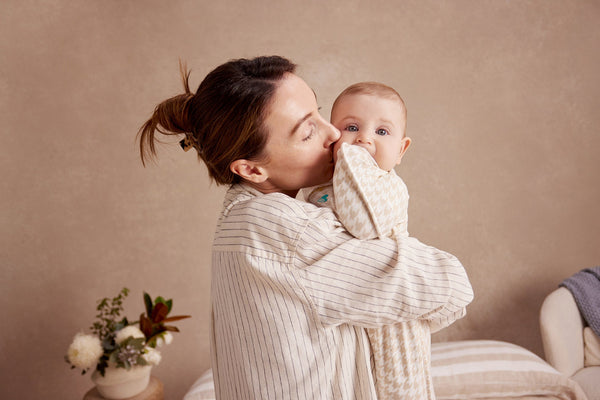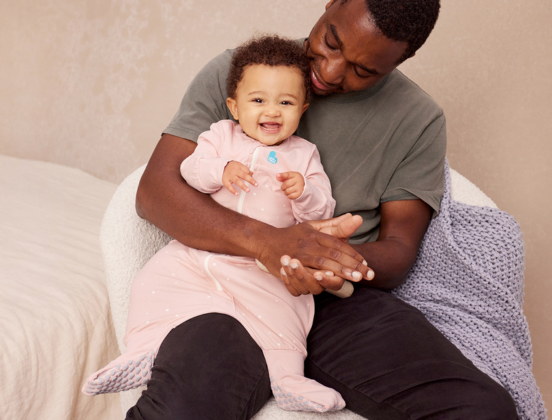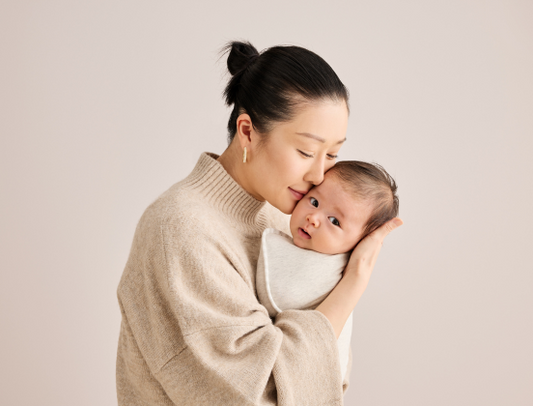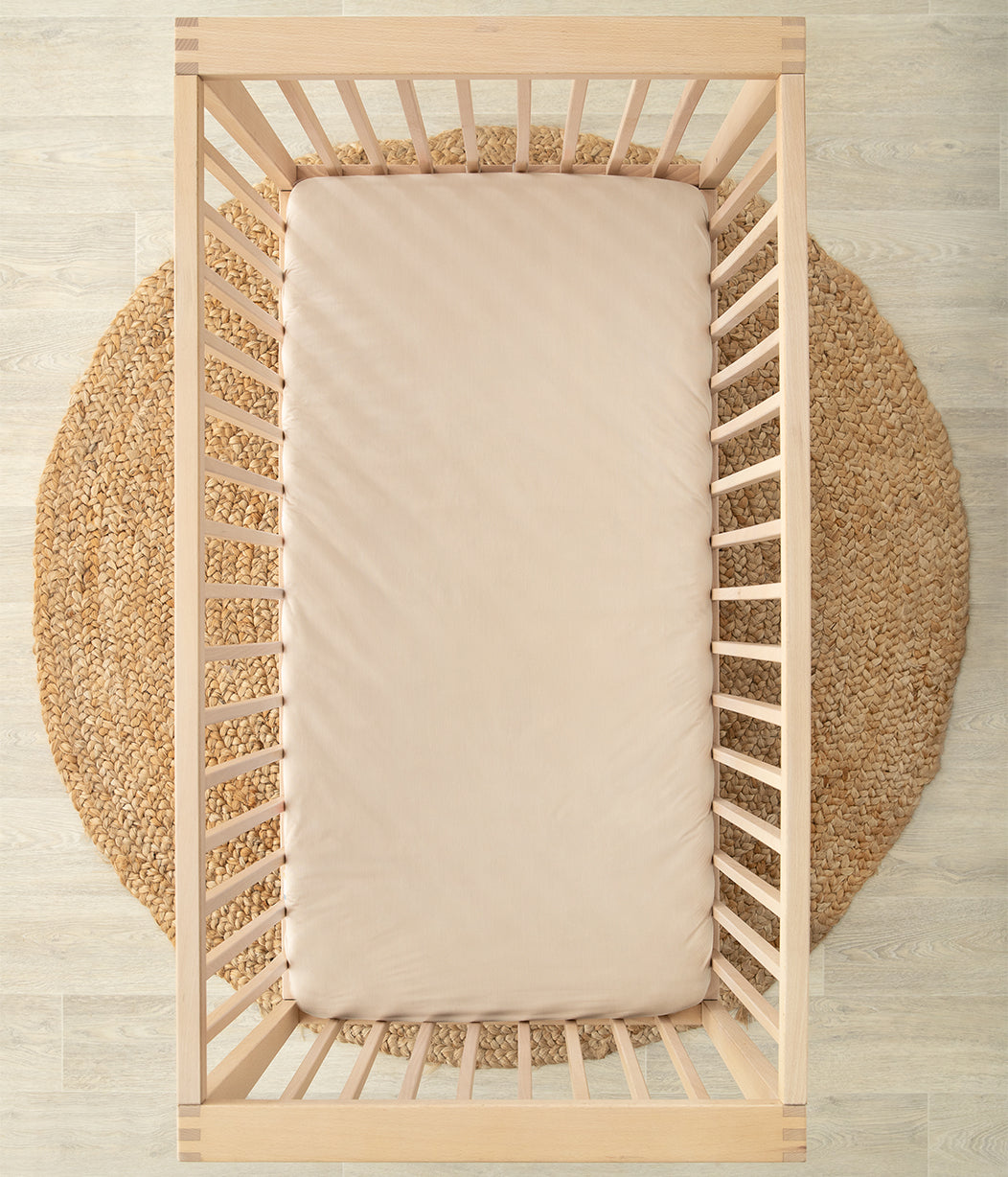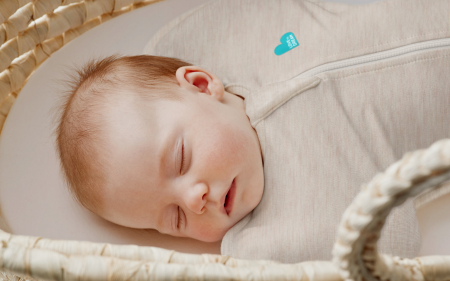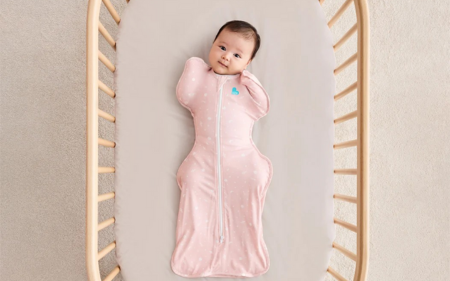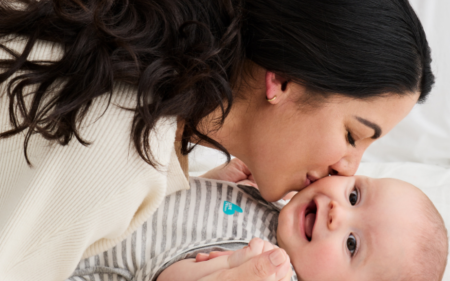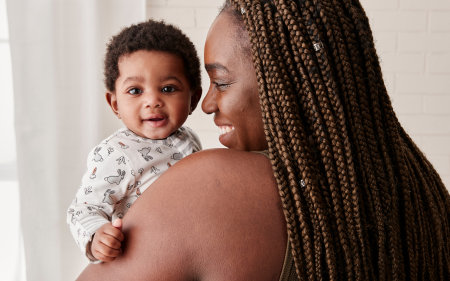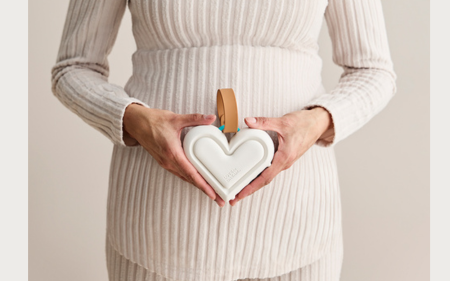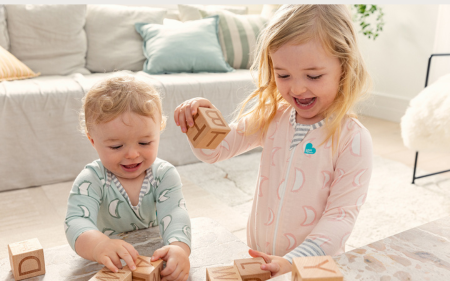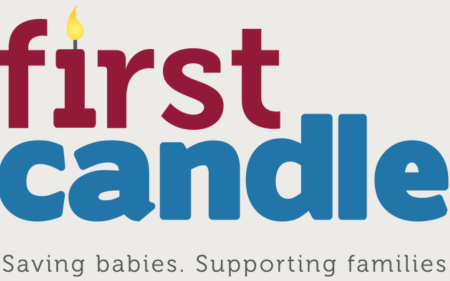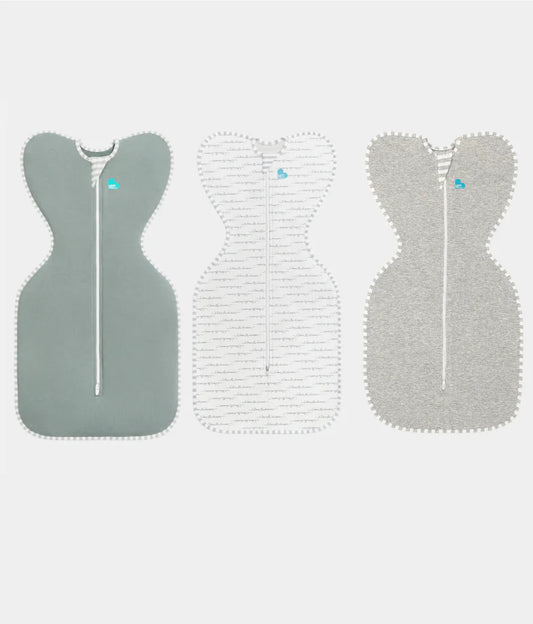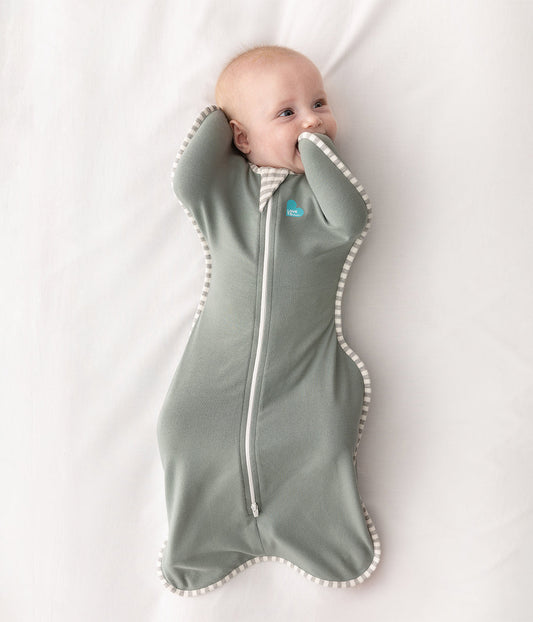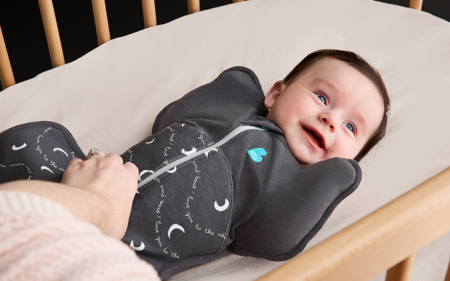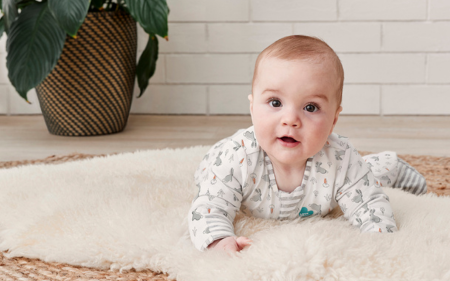What is Safe Sleep for Babies?
Safe sleep means placing your baby on their back, with their face and head uncovered, on a firm, flat mattress in a properly fitted crib or bassinet. This practice, recommended by First Candle and the American Academy of Pediatrics (AAP), helps reduce the risk of Sudden Infant Death Syndrome (SIDS) and other sleep-related infant deaths.
How Can I Make My Baby’s Sleep Space Safer?
Always remove loose bedding, pillows, toys, and blankets from the crib or bassinet. Ensure the mattress is firm, clean, and fits well
Why Does Safe Sleep Matter?
Since launching the “Back to Sleep” campaign in 1994, safe sleep practices have helped reduce SIDS rates by over 50%. While the exact cause of SIDS remains unknown, following these guidelines can significantly lower the risk.

